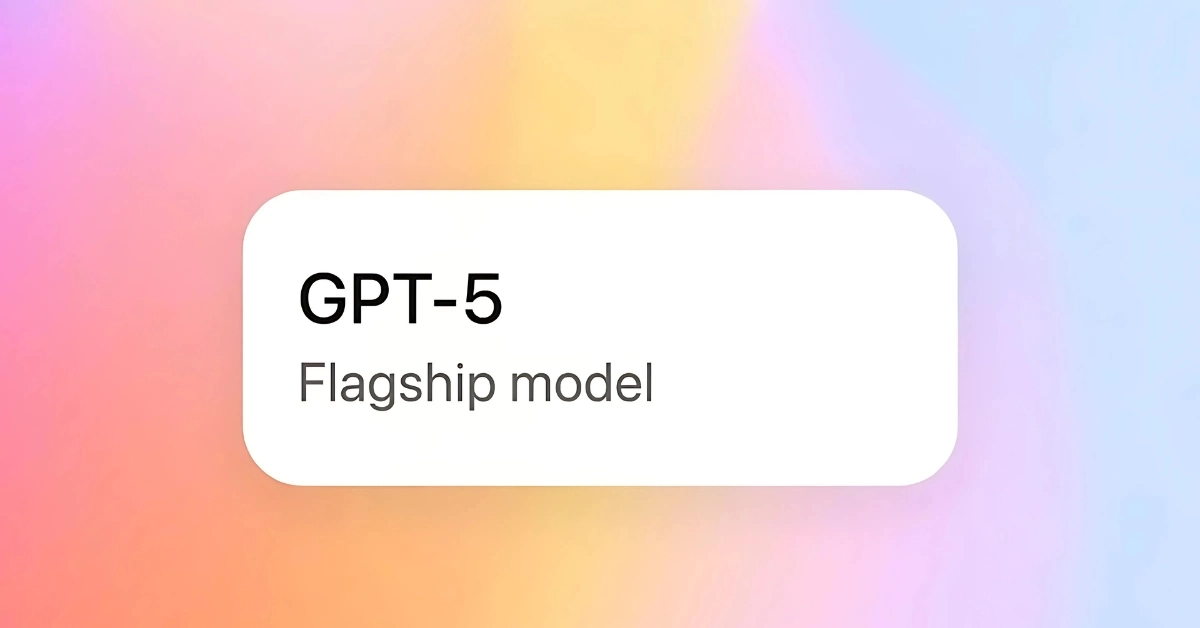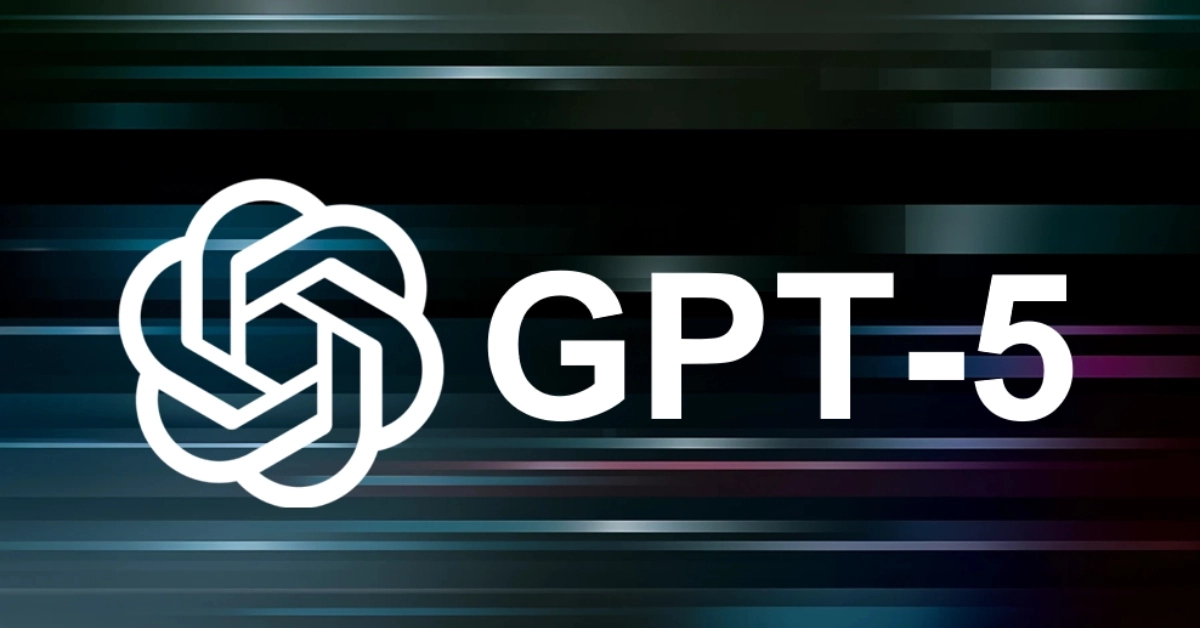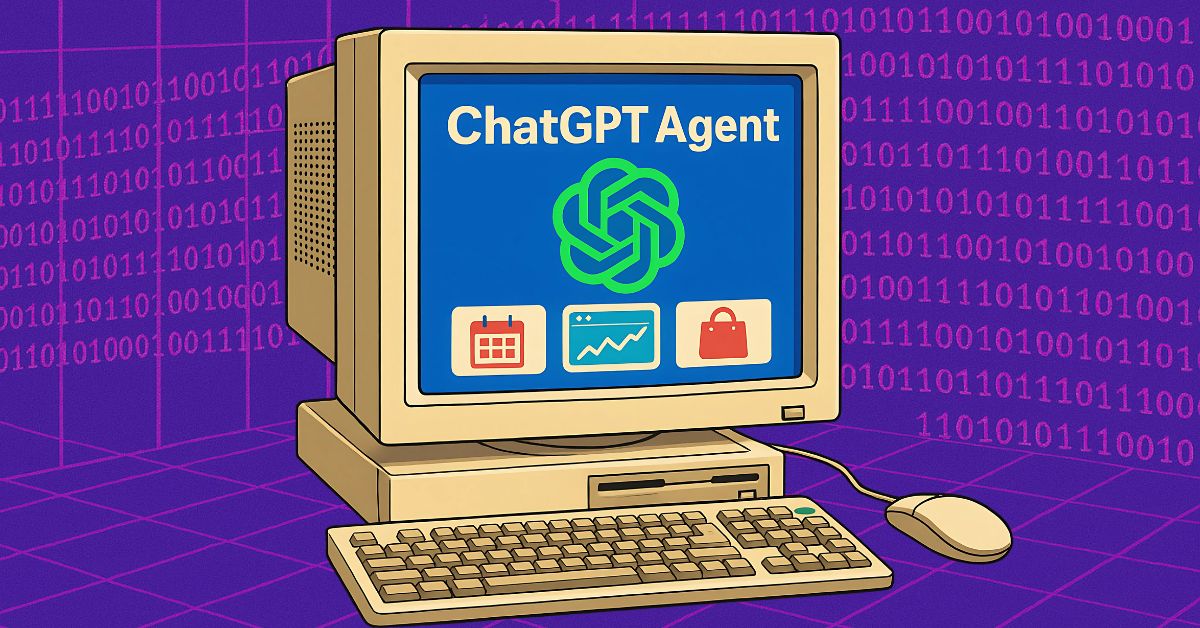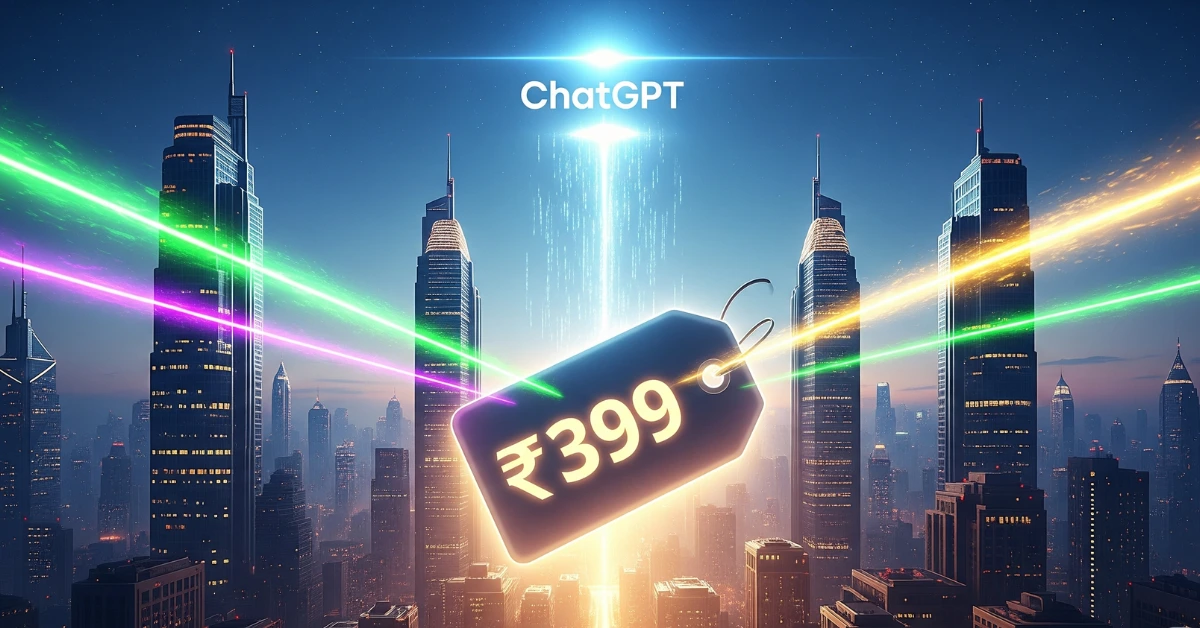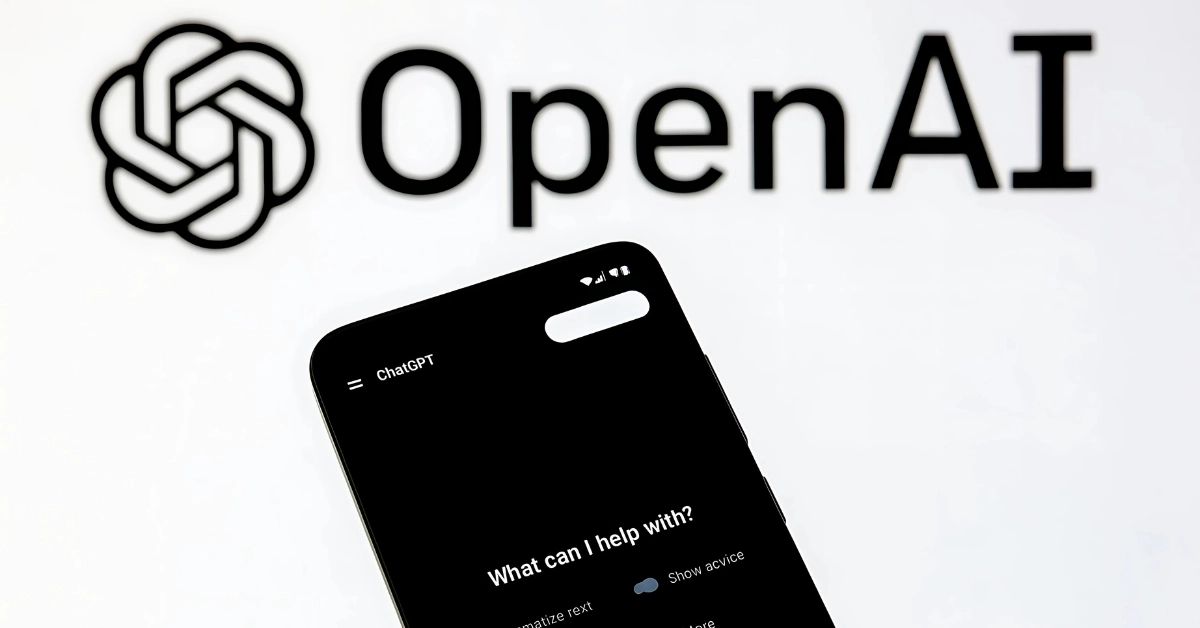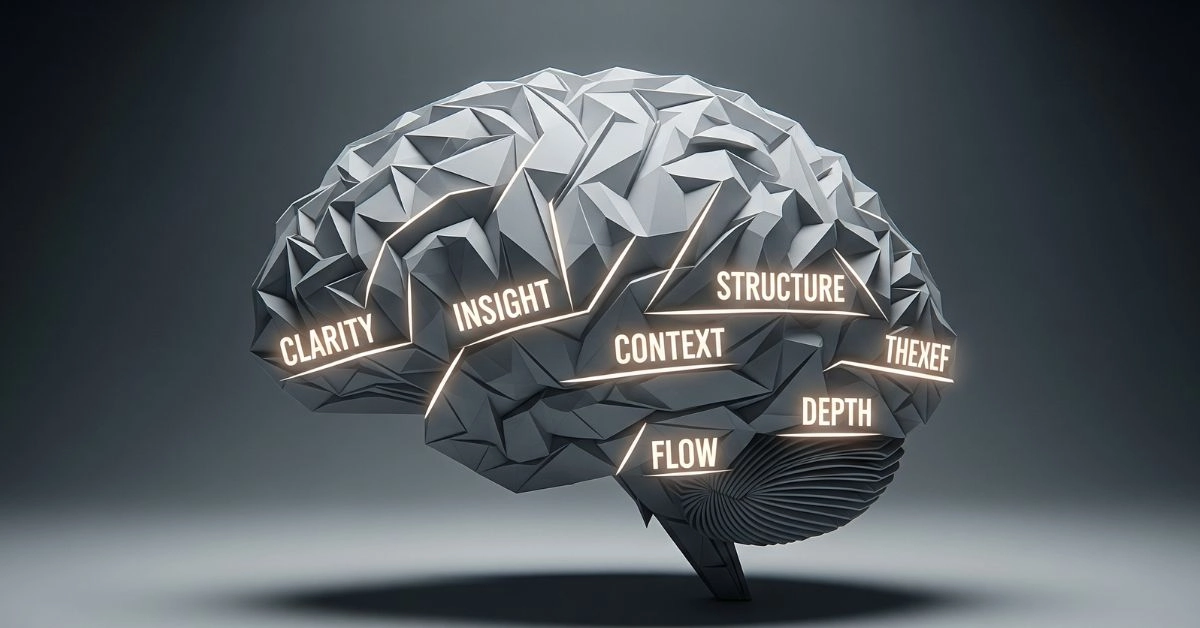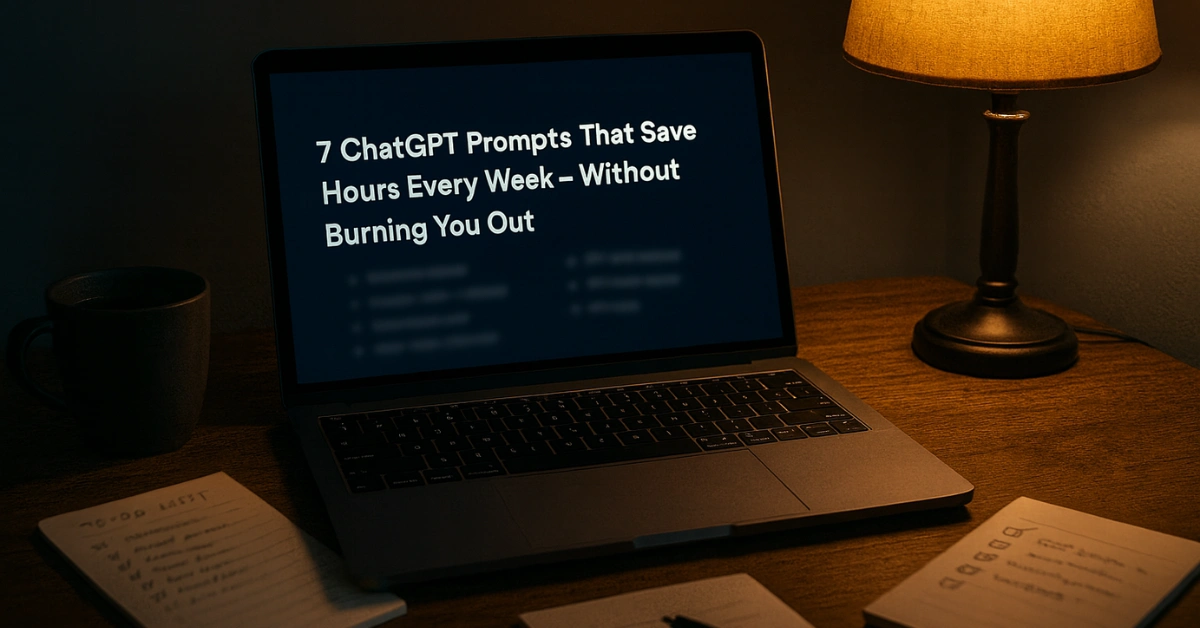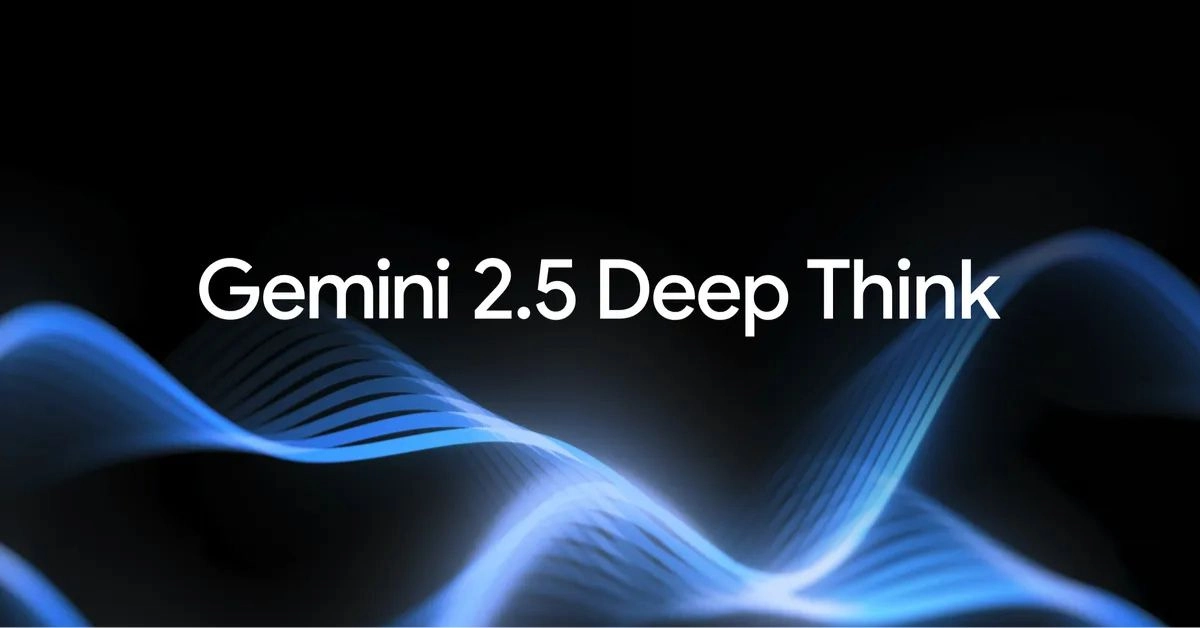OpenAI has just dropped GPT-5, calling it the smartest, fastest, and most reliable version of ChatGPT yet. Released globally on August 7, 2025, it arrives with bold claims of PhD-level reasoning, sharper logic, and improved accuracy.
The update introduces a dual-mode system that can switch between lightning-quick answers and slow, deep analysis. On paper, it sounds like the AI upgrade everyone was waiting for.
But as soon as users got their hands on it, the split began. Some are calling it a precision machine that makes GPT-4 feel outdated. Others are saying the new model is colder, stricter, and missing the personality that made ChatGPT fun.
The Launch and Rollout
OpenAI rolled GPT-5 out to all users at once, not just premium subscribers. Free-tier users can try it with tighter daily limits, while Plus and Pro subscribers get faster speeds, higher message caps, and priority access. Developers can also tap into GPT-5’s capabilities through the API, choosing between its fast mode and deep reasoning mode.
The company marketed this as a milestone release, with blog posts and press briefings highlighting benchmark wins in coding, factual accuracy, and reasoning. A cleaner, more focused ChatGPT interface went live alongside the update, making it easier to switch between quick queries and long sessions.
Within hours of launch, GPT-5 was trending worldwide, dominating headlines from tech outlets and sparking intense debate on social platforms.
What’s New in GPT-5: Core Upgrades
The biggest leap is GPT-5’s intelligent model routing. Imagine an AI with a gearbox, shifting into a high-speed gear for simple questions and a torque-heavy gear for complex reasoning. This lets it deliver instant answers without sacrificing depth when tasks require more thought.
Other upgrades include:
- Lower error rates: OpenAI says internal tests show factual errors reduced by nearly half compared to GPT-4 in coding and research.
- Better multimodal abilities: GPT-5 can break down an engineering diagram into step-by-step explanations or merge image and text data for richer context.
- More consistent tone: Conversations stay on track over longer sessions, making it more dependable for tutoring, research, and project work.
The Big Claims vs Real-World Use
On benchmarks, GPT-5 outperforms GPT-4 in math reasoning, code accuracy, and factual recall. Developers report that it can spot subtle bugs and handle larger codebases without losing context.
But it is not flawless. Early testers have caught it making strange mistakes, like inventing fictional Australian states or miscounting letters in simple words. These are rare but show that the routing system can still misfire.
The tone shift is another point of contention. For business and academic tasks, the new formality is welcome. For creative users, it feels like the AI traded personality for polish.
Early User Reactions
Reactions split sharply along use cases.
Positive: Developers and researchers praise the accuracy boost. One software engineer told TechWire that GPT-5 flagged a logic error in 200 lines of Python in under 30 seconds — a mistake GPT-4 missed twice. A data scientist said it was “the first time an AI assistant felt like a true research partner.”
Negative: On Reddit and Hacker News, threads fill with complaints about shorter answers, stricter limits for Plus users, and the removal of GPT-4. One viral Reddit comment put it bluntly:
“Answers are shorter and not any better than before… combine that with more restrictions and it feels like a downgrade.”
Despite the criticism, usage numbers are climbing fast. Many users seem determined to test its limits before deciding whether to stay or switch.
Industry Response and Competitor Pressure
Microsoft, OpenAI’s biggest partner, quickly praised GPT-5. CEO Satya Nadella called it “a meaningful step toward practical AI that works at scale,” pointing to its reliability in enterprise tasks.
Elon Musk was not impressed. He promoted his Grok 4 model on X, claiming it now outperforms GPT-5 in intelligence and reasoning. The post sparked a wave of AI rivalry memes, with Nadella responding calmly that innovation “is not a zero-sum game.”
Analysts note that GPT-5 is aimed at defending market share against Anthropic’s Claude 3.5 and Musk’s Grok 4. Early independent coding benchmarks show GPT-5 leading Claude 3.5 in function accuracy by 7 percent but still trailing Grok 4 in creative problem-solving and open-ended brainstorming.
Competitive Snapshot: GPT-5 vs Key Rivals
| Model | Coding Accuracy | Creative Reasoning | Multimodal Skills | Tone Consistency |
|---|---|---|---|---|
| GPT-5 | 92% | 85% | Strong | High |
| Claude 3.5 | 85% | 88% | Good | High |
| Grok 4 | 89% | 92% | Moderate | Medium |
Pricing, Tiers, and Access
OpenAI has kept the same tier names but shifted how each feels in practice:
- Free Tier: GPT-5 with message caps, slower peak-time speeds, and reduced multimodal features.
- Plus ($20/month): Faster replies and more messages, though limits are stricter than GPT-4.
- Pro: Highest caps, maximum performance, and API priority for advanced workflows.
- API: Token-based pricing with both fast and deep modes available.
The biggest change is that GPT-4 is no longer widely available, which effectively nudges users toward GPT-5 whether they are ready or not.
Four Things GPT-5 Can Do That GPT-4 Could Not
- Handle Large-Scale Code Debugging
In OpenAI’s tests, GPT-5 reduced debug time by 18 percent on complex codebases, identifying multi-file logic issues faster than GPT-4. - Interpret Complex Visual Data
It can take an architectural blueprint and produce a room-by-room description with estimated measurements. - Retain Context Over Hours
Long tutoring sessions now flow without losing track, making it more viable for extended educational use. - Multi-Source Research Summaries
GPT-5 can combine information from multiple reports into a single, fact-checked synthesis without mixing details.
GPT-5 vs GPT-4: At a Glance
| Feature/Capability | GPT-4 | GPT-5 |
|---|---|---|
| Architecture | Single unified model | Dual-model with intelligent routing |
| Speed | Slower on complex queries | Fast mode for simple, deep mode for complex |
| Hallucination Rate | Moderate | Significantly reduced (per OpenAI) |
| Multimodal Support | Basic image understanding | Improved image analysis + text integration |
| Coding Skills | Strong | More accurate debugging, broader language set |
| Tone Consistency | Varies in long chats | More stable and consistent over time |
| User Personality | Conversational, quirky | More formal and restrained |
Why GPT-5 Still Gets Some Things Wrong
- Factual Slips
Mistakes are rarer but still possible. One tester caught it insisting that “blueberry” had three letter B’s. - Tone Trade-Offs
The shift to a formal style works for business but feels sterile to creative writers. - Tighter Usage Caps
Plus users, especially heavy researchers, feel limited by the new daily message structure.
The Bigger Picture: AGI, Safety, and OpenAI’s Roadmap
GPT-5 moves OpenAI closer to AI agents that can plan, reason, and execute multi-step tasks without constant prompting. However, OpenAI avoided making AGI claims, instead stressing safety and reliability.
The stricter guardrails reflect growing regulatory pressure and the need to avoid controversial outputs. Commercially, the model’s improvements in coding, research, and multimodal workflows point to a clear focus on enterprise adoption.
Final Verdict
GPT-5 is a sharp, business-ready upgrade. For developers, researchers, and educators, the gains in accuracy, context retention, and multimodal analysis are hard to ignore. For casual users, the stricter limits, toned-down personality, and occasional factual slips may feel like a step backward.
In short, GPT-5 is less a leap toward science fiction and more a precision tool built for real-world work. Whether that is a win or a loss depends entirely on how you use it.
FAQ’s about GPT-5
Is GPT-5 better than GPT-4?
Yes in accuracy, coding, and multimodal skills, but less playful in tone.
Does GPT-5 have memory?
It can maintain context better in long sessions but lacks full persistent memory for all users.
What are the main weaknesses of GPT-5?
Occasional factual errors, more formal tone, and tighter usage caps.
How much does GPT-5 cost?
Free with limits, $20/month for Plus, higher for Pro and API usage.
When will GPT-6 arrive?
No confirmed date, but leaks suggest more autonomous capabilities and persistent memory are in development.

